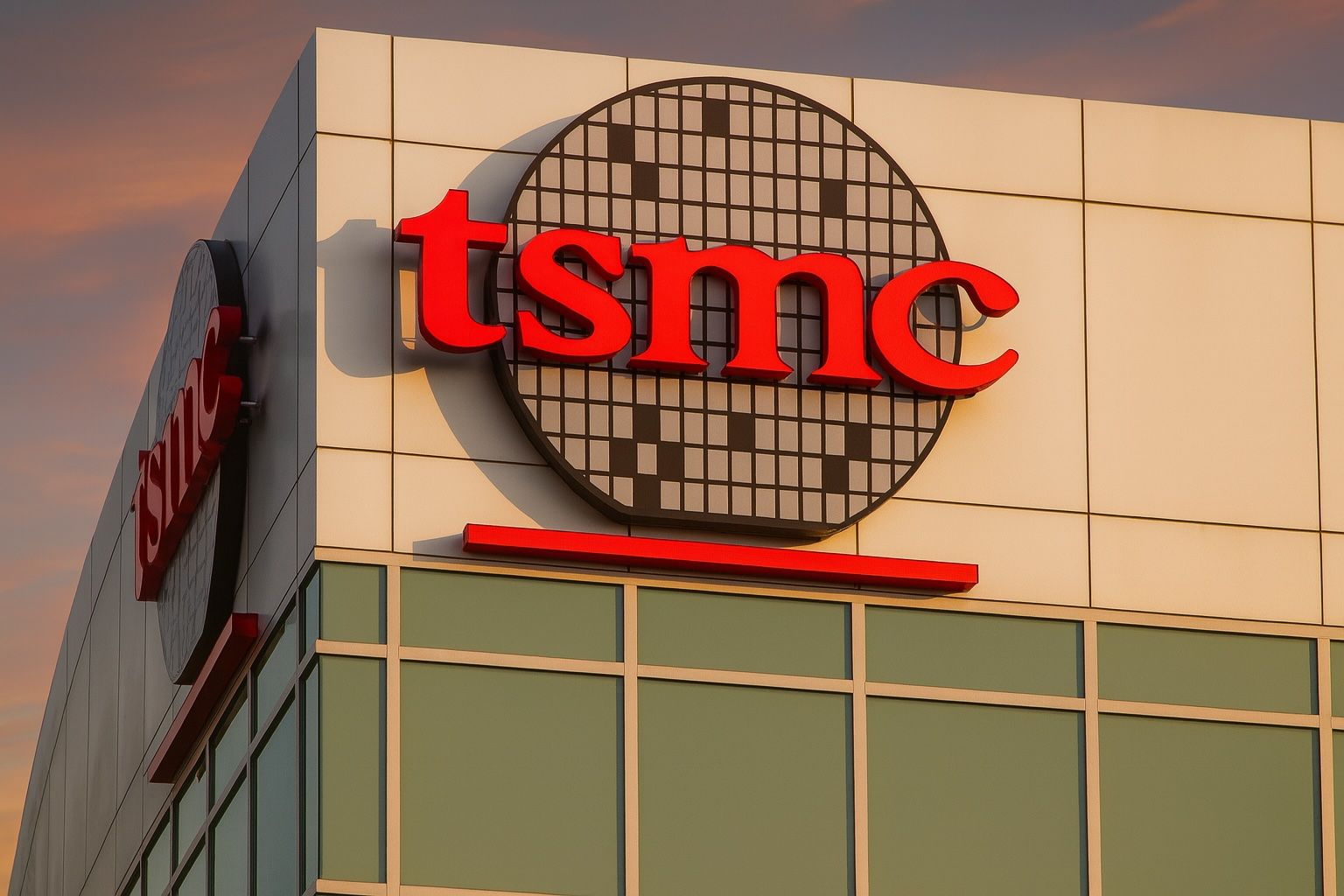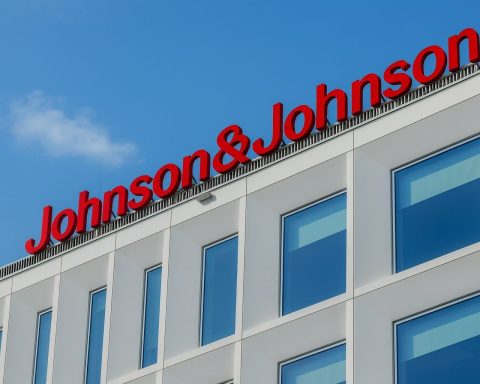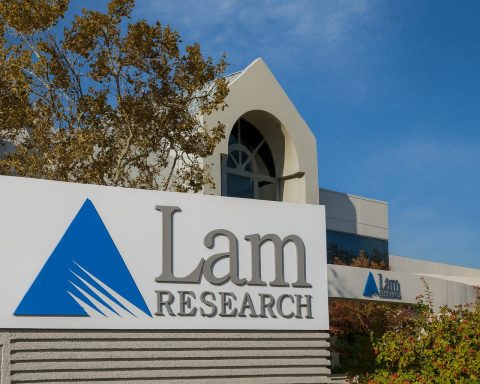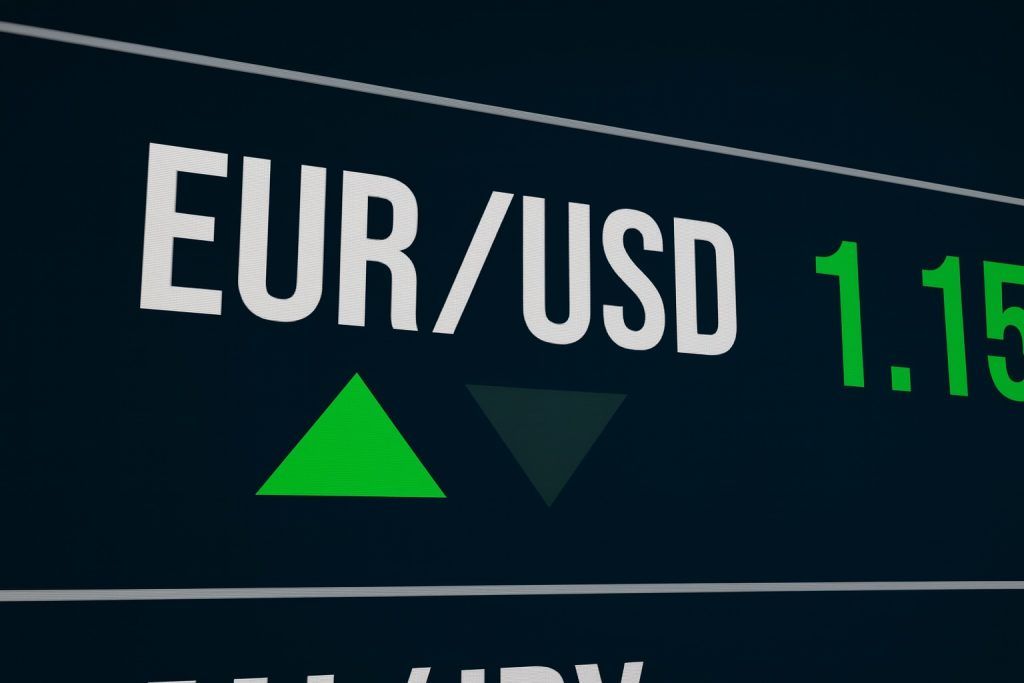- Current price (Oct 15, 2025): $304.71 (NYSE: TSM) and NT$1,465.00 (TWSE: 2330) [1] [2].
- Year-to-date rally: Shares are up roughly 45% in 2025 [3] (TSMC ADRs +56% YTD vs +38% for Taiwan shares [4]), driven by surging AI chip demand. Early October saw record levels: the Taiwan stock hit NT$1,370 intraday (closed NT$1,365) and the U.S. ADR briefly topped $290 [5].
- Q3 outlook: Preliminary Q3 revenue is about NT$989.9 billion (≈$32.5 billion), +30% YoY [6], far above forecasts. Analysts expect a record quarterly profit (~T$452 billion) when results are announced Oct 16 [7]. Management recently raised full-year sales guidance to the mid-30% growth range [8].
- Analyst sentiment: Wall Street is broadly bullish. Consensus is a “Moderate Buy” with an average price target around $333 [9]. Morgan Stanley urged clients to “buy TSMC ahead of a guidance boost” expected Oct 16 [10]. Barclays’ Simon Coles calls TSMC his “top semiconductor pick” (raising the target to $325) and Bank of America lifted its ADR target to NT$1,600 (~$330) [11] [12].
- Valuation & fundamentals: TSMC’s market cap is now about US$1.1 trillion [13]. The stock trades near ~30× trailing P/E (≈25× forward) [14], reflecting its 30%+ growth profile. Profitability is exceptional: Q2 gross margins were mid-50s% [15] and net margins around 40%. TSMC plans ~$38–42 billion capex in 2025 to expand capacity and stay ahead on 3nm/2nm technology.
- Geopolitical risks: Taiwan flatly rejected U.S. demands to split chip production 50/50 [16], and recent Chinese military drills around the island have highlighted supply-chain and energy vulnerabilities [17]. Investors note that even Warren Buffett sold TSMC in 2023 citing such risks, and a hedge-fund manager recently warned TSMC sits at “ground zero” in a China-Taiwan conflict [18]. These factors temper the stock’s outlook despite the strong fundamentals.
Earnings and Outlook
TSMC’s latest results have been outstanding. In Q2 2025, the company reported revenue of US$30.1 billion, a 44% jump year-over-year [19], with net profit of roughly T$398.3 billion. Demand for TSMC’s most advanced nodes (5nm/3nm) is exceptionally strong: cutting-edge chips now account for about 60% of revenue [20] [21], and high-performance computing/AI wafers made up roughly 60% of Q2 sales. TSMC’s pricing power and scale have kept margins very high (Q2 gross margin ~55% [22]), underpinning its profit growth.
Looking ahead, Q3 is expected to be even stronger. On Oct 9, TSMC announced preliminary Q3 sales of NT$989.9 billion (≈$32.5 billion), up ~30% from a year ago [23] – well above the consensus estimate. Analysts now forecast the quarter’s net profit around T$452 billion, the largest in TSMC history [24]. In response, on Oct 16 the company raised its 2025 revenue growth guidance to the mid-30% range (from the earlier ~30%) [25]. Management (CEO C.C. Wei) emphasized that “AI demand actually continues to be very strong – more strong than we thought three months ago” [26], and said signals from customers’ customers have only “strengthening” their conviction in the AI-driven growth cycle [27]. These trends suggest TSMC’s full-year sales could comfortably exceed $100 billion.
Analyst and Market Sentiment
Analysts and investors are overwhelmingly positive. Wall Street consensus on TSMC is a Moderate Buy [28]. In early October, Morgan Stanley analysts published a note urging clients to “buy TSMC ahead of a guidance boost” [29], arguing that any increase in 2025 forecasts (which they expect due to AI demand) could send the stock higher. Barclays and Huatai Securities have both raised their price targets (to $325 and $320 respectively) based on TSMC’s AI leadership [30], and Bank of America boosted its ADR target to NT$1,600 (~$330) [31] on the view of improving pricing power and a fast ramp of 2nm chips.
Investor optimism shows in market data. TSMC’s ADRs have surged ~56% year-to-date [32], far outpacing the 38% gain in its Taiwan shares [33]. The ADR now trades at historically high premiums to the local stock (largest since 2002) [34], reflecting especially strong foreign demand. Even momentum traders are bullish: after TSMC’s shares briefly eased in early Oct (on Oct 10 they fell about 6.4% on heavy volume) [35], buyers quickly jumped back in, lifting the ADR from ~$280 to about $294 by Oct 13 [36]. TipRanks notes a strong buy consensus among Wall Street analysts (8 buys, 1 hold) with an average price target near $308 [37]. A fund manager at Capital Investment Trust summed up the mood: “We are positive on TSMC’s outlook and expect it to raise its full-year 2025 sales growth forecast” [38].
Market Trends and Valuation
Technically, TSMC’s stock is in a steep uptrend. The NYSE-traded ADR and the Taiwan share price are both close to their all-time highs, and relative strength indicators are stretched. The recent pullback in mid-October was viewed by some analysts as a healthy pause in an otherwise record-breaking rally. Over the past 12 months TSMC (+63%) has far outperformed the semiconductor index (+36%) and the S&P500 (+10–12%) [39], underscoring its leadership position.
Valuation remains rich but arguably justified by growth prospects. With a market cap around NT$35 trillion (~US$1.1 trillion) [40], TSMC is one of the world’s most valuable tech firms. At current prices it trades roughly 30× trailing earnings (about 25× forward) [41]. These multiples are high relative to legacy tech, but near the high-growth end of semiconductors. Notably, TSMC’s profitability is exceptional: Q2 gross margin was in the mid-50% range [42]. The stock yields only ~1.2% [43], reflecting TSMC’s policy of plowing most cash into capacity expansion (capex will be ~$38–42 billion this year [44]). On pure fundamentals – record orders from Apple, Nvidia, Broadcom etc., and continued pricing hikes in advanced nodes – the case for growth is strong.
Geopolitical Risks
Despite the bullish fundamentals, most analysts caution that geopolitical factors add risk. Taiwan’s government this week flatly rejected U.S. proposals to force a 50-50 split of chip output between Taiwan and American fabs [45], underlining Taipei’s stance that it will retain the majority of cutting-edge production. At the same time, recent Chinese air and naval drills around Taiwan have highlighted how a blockade could threaten the island’s 97%-imported fuel supply [46], potentially disrupting TSMC’s factories. Management has acknowledged these concerns; for example, CEO Wei noted that even if China were “not available” due to trade restrictions, he still expects AI growth to be “very dramatic” [47].
Nevertheless, many investors remain wary: famed investor Warren Buffett sold his small TSMC position in 2023 partly over these strategic risks, and hedge-fund manager Steve Weiss warned TSMC sits at “ground zero” of any China-Taiwan conflict [48]. Such geopolitical tension could damp the stock’s upside if escalated. However, with near-term earnings driven by unrelenting AI chip demand, the prevailing view is that TSMC will weather these challenges. As one analyst put it, today’s AI megatrend “strengthening our conviction” in TSMC’s long-term outlook [49] – even as the market watches geopolitics closely.
Sources: TSMC financial reports; market data from Reuters; analyst research and interviews [50] [51] [52] [53] [54] (incl. TS2.tech analysis); Taiwan News [55]; TipRanks/Capital via TS2.tech commentary [56] [57]. Each data point is cited to the above sources.
References
1. www.reuters.com, 2. www.reuters.com, 3. ts2.tech, 4. www.tipranks.com, 5. www.taiwannews.com.tw, 6. ts2.tech, 7. www.reuters.com, 8. www.reuters.com, 9. ts2.tech, 10. ts2.tech, 11. ts2.tech, 12. ts2.tech, 13. ts2.tech, 14. ts2.tech, 15. ts2.tech, 16. ts2.tech, 17. ts2.tech, 18. ts2.tech, 19. ts2.tech, 20. ts2.tech, 21. ts2.tech, 22. ts2.tech, 23. ts2.tech, 24. www.reuters.com, 25. www.reuters.com, 26. www.reuters.com, 27. www.reuters.com, 28. ts2.tech, 29. ts2.tech, 30. ts2.tech, 31. ts2.tech, 32. www.tipranks.com, 33. www.tipranks.com, 34. www.tipranks.com, 35. ts2.tech, 36. ts2.tech, 37. www.tipranks.com, 38. www.tipranks.com, 39. ts2.tech, 40. ts2.tech, 41. ts2.tech, 42. ts2.tech, 43. ts2.tech, 44. www.reuters.com, 45. ts2.tech, 46. ts2.tech, 47. www.reuters.com, 48. ts2.tech, 49. www.reuters.com, 50. ts2.tech, 51. ts2.tech, 52. www.reuters.com, 53. ts2.tech, 54. ts2.tech, 55. www.taiwannews.com.tw, 56. www.tipranks.com, 57. www.tipranks.com







